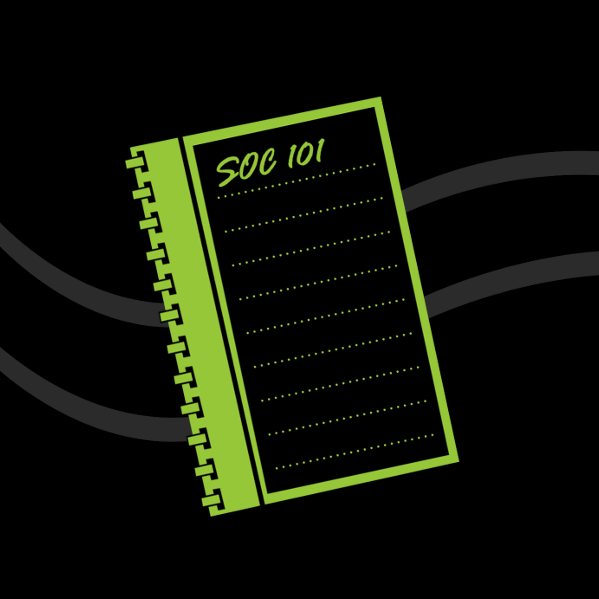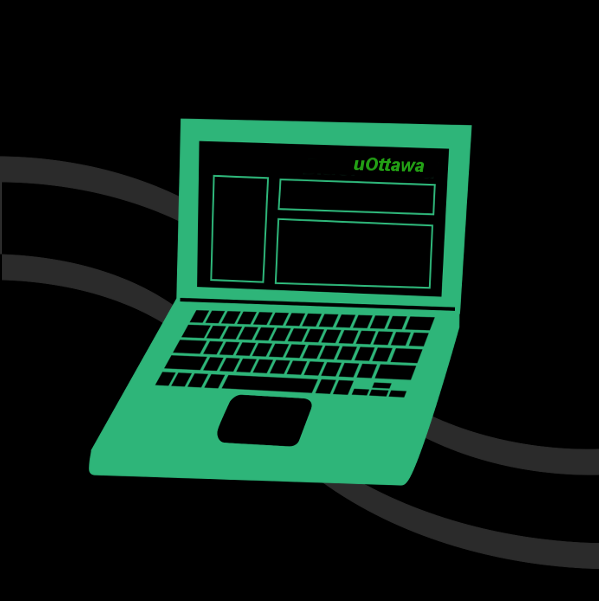OER range from textbooks to entire courses and everything in between, including videos, podcasts, simulations, case studies, slides, and more. The key is that they can be widely distributed and adapted because they are at no cost to the user and are not subject to the usual copyright restrictions. This openness is most often indicated by a Creative Commons licence.
Open educational resources
Open educational resources (OER) are learning and teaching materials that are freely and openly available.

Share Your Open Educational Resources Adoption!
Do you teach at the University of Ottawa? Have you assigned an open educational resource (OER) to your students? If so, take a few minutes to share your OER adoption with the Library using this form. Why? Knowing that an OER is being used is an important indicator for other educators that it is worth considering for their own courses. Spread the word!
We will highlight your adoption in the OER by Discipline Guide, a tool created to help faculty and instructors get acquainted with existing OER in their disciplines and facilitate their use.

What are open educational resources (OER)?
What can be done with OER?

Benefits of OER
- Free (or low-cost if printed) and thus affordable
- Can be used and shared with an unlimited number of students without fear of copyright infringement [1]
- Customizable and adaptable with few restrictions to meet student needs, teaching methods, curriculum, and recent developments
- Can be combined with other content and interactive or multimedia elements to provide richer teaching and learning opportunities
- Offer first-day, remote and continued access since most OER are digital, do not require an access code, and do not expire
- Contribute to success and completion by easing students’ financial burden without having a negative impact on their learning [2]
- Can be an opportunity for engagement and participation by co-creating knowledge with students in the form of renewable assignments rather than limiting their role to that of consumers of information [3]
The adaptation of existing OER and the creation of new resources are also opportunities to make course materials more accessible, inclusive, and representative for learners. This kind of flexibility rarely exists in traditional textbooks. Because OER are not created to satisfy a commercial market, they can address topics and include perspectives that would otherwise be neglected.
Did you know?
In its strategic plan Transformation 2030, the University of Ottawa indicated its commitment to:
- Promote and reward the development of affordable learning materials
- Develop Open Educational Resources (OER) in French
More about OER and affordable learning materials

uOttawa OER showcase

Adapting and creating OER

Evaluating OER

Affordable course materials

Pressbooks and H5P

Quick links and FAQ

OER events and training
Library OER support
Email: [email protected]
References:
[1] BCcampus, (2020), “The New Normal: Using OER to re-open education,” CC BY 4.0.
[2] C. Hendricks et al., (2017), “The Adoption of an Open Textbook in a Large Physics Course: An Analysis of Cost, Outcomes, Use, and Perceptions,” The International Review of Research in Open and Distributed Learning 18(4), CC BY 4.0; R.S. Jhangiani et al., (2018), “As Good or Better than Commercial Textbooks: Students’ Perceptions and Outcomes from Using Open Digital and Open Print Textbooks,” The Canadian Journal for the Scholarship of Teaching and Learning 9(1); H.M. Ross et al., (2018), “Open Textbooks in an Introductory Sociology Course in Canada: Student Views and Completion Rates,” Open Praxis 10(4), CC BY 4.0; V. Clinton & S. Khan, (2019), “Efficacy of Open Textbook Adoption on Learning Performance and Course Withdrawal Rates: A Meta-Analysis,” AERA Open, CC BY-NC 4.0.
[3] Canadian Association of Research Libraries, (2020), “The Time is Now for Open Educational Resources,” CC BY-NC-SA 4.0.
Unless otherwise noted, the content on this page is made available under a Creative Commons Attribution 4.0 International licence.
